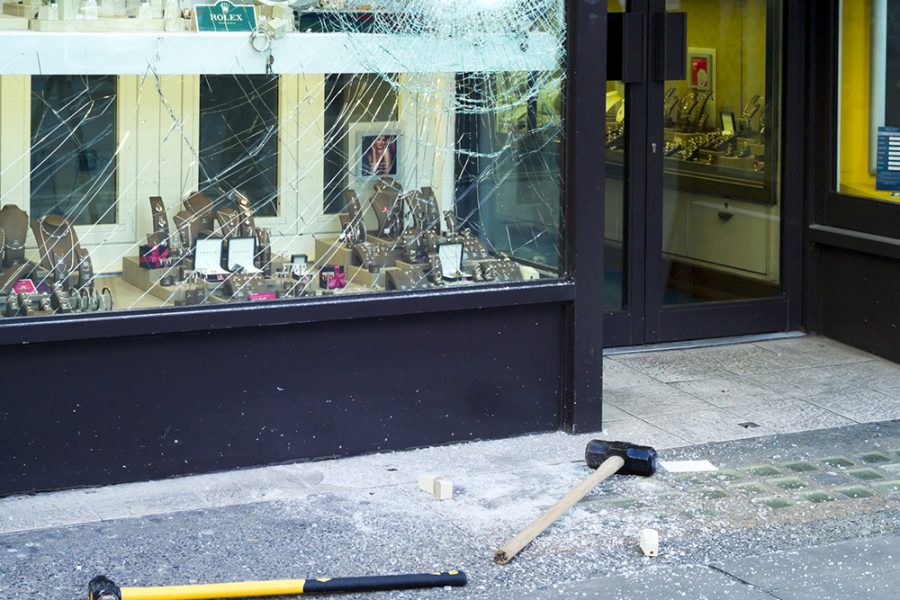Writing for the LA Times recently, columnist Anita Chabria calls Kern, Merced, and Tulare counties “Trump’s California” and describes Kern as first amongst the “the locales where your chance of being murdered is greatest.” Merced and Tulare round out the top three. She then contrasts them and their conservative district attorneys and sheriff with Contra Costa County and its progressive District Attorney Diana Becton. Yet, Contra Costa has an increasing homicide rate, but one that is lower than Kern, Merced, and Tulare. Chabria considers this a victory.
Chabria writes: “Homicides are up across California and the blame experts are aiming their outrage at the usual suspects. Gavin Newsom. Propositions 47 and 57 for lowering penalties on nonviolent crimes and facilitating early prison releases. Progressive district attorneys. Democrats.” I agree – they are – and bad legislation is to blame.
Chabria appears to be rooting for the slowest horse in her statistical race to the bottom. So much for the victims…
And at Stanford University, Michael Romano, the architect of many of California’s so-called reforms has been tracking crime rates ever since he wrote and helped pass Prop 47 as well as authoring rollbacks to California’s Three Strikes law.
Chabria reports that: “Romano and his team conduct nearly real-time tracking of available crime data in California, so he’s already looking at 2022. So far, he’s seen homicides trend down or stay flat in some of our biggest cities.” Among California’s successful cities, Romano reported that Oakland’s homicide was down 6% for 2022.
Well, that was until September 24 when the San Francisco Chronicle reported that Oakland logged 7 homicides in one week.
Romano has argued that increasing crime rates have been lower than their historic highs for years – and reaching farther back in history to make that statement true. Attorney General Rob Bonta followed Romano’s lead when he summarized in Crime in California that, “property crime rate(s) increased 3% from 2,114.4 in 2020 to 2,178.4 in 2021, remaining near last year’s historical low and significantly below California’s historical high of 6,880.6 in 1980”. It takes an experienced spin doctor to reach back 40 years to find a crime rate to limbo under.
In fact, California’s historic drop in crime began with the passage of Three Strikes in 1993, when homicide numbers dropped 55% but then slowed in 2011 – the year AB 109 took effect. While homicide statistics remained relatively stable for the next 8 years, they have been on the increase for the last 3 years.
Thousands of inmates have been the recipients of early release, recidivism (return to jail or prison) rates are in the mid 40th percentile. For example, in 2014 the rate was 46.1% and in 2015 it rose to 46.5% . And to what did the California Department of Corrections and Rehabilitation attribute those numbers and the increase? Prop 47. CDCR correctly states that the mostly likely recidivists are drug offenders and thieves.
In the words of former Assemblyman and Senator Chuck Poochigian – “Criminals don’t think like academics and academics don’t think like criminals.” Indeed.
To be sure there are many causes and solutions to crime. Risk factors include poverty, low educational aspirations, access to quality educational opportunities, drug addiction and the crimes that feed it, access to health care, after school activities, and participation in faith-based programs to name a few. Improvements to all of those can have positive effects.
Another is accountability and deterrence. For most criminals, crime is a choice – a sort of cost benefit analysis – and there is an undeniable correlation between a lack of accountability and an increase in crime.
Kern, Merced, and Tulare suffer from all of the above and one other. In all three counties, there are only 4 trauma centers. Contrast that with Contra Costa, Alameda, San Francisco, and Los Angeles, four very blue counties, where there are a combined 20 trauma centers.
Sometimes the difference between the crime of homicide and the lesser charge of attempted murder or assault with a deadly weapon is the ability to save a victim’s life. Aggravated Assaults were at 94,432 in 2012. Last year they reached 123,122. Where in the statistics does one find the crimes of attempted murder and assault with a deadly weapon? Aggravated Assaults.
A number of California counties reported no homicides in 2021. They include Alpine, Colusa, Glenn, Modoc, Plumas, Shasta, and Sierra. The California homicide rate would dictate even those small counties would have seen at least a few murders based on their combined populations. Yet they do not. What else do they have in common? They’re all also what Anita Chabria would call “Trump Counties.”
Advocates of Props 47 and 57, AB 109, and Three Strikes rollbacks are now struggling – and saying that crime is no worse than as much as 40 years ago to appear successful.
In 2011 an additional 28,169 people were alive who would have been victims had homicide rates remained at the 1993 peak thanks in large part to the effect Three Strikes, as well as firearms and gang sentencing enhancements, had on deterrence.
Given the increases in the last three years can progressives say the same?
Steve Smith is a senior fellow with the Center for California Reform at the Pacific Research Institute.


